From Global Hotspots to Local Stories Comprehensive World News Delivered.
- From Global Hotspots to Local Stories: Comprehensive World News Delivered.
- The Speed of Modern Reporting
- The Role of Citizen Journalism
- Geopolitical Shifts and Global Coverage
- The Challenges of Reporting from Conflict Zones
- The Impact of Technology on News Consumption
- Combating Misinformation and Promoting Media Literacy
- Local Stories and Community Reporting
From Global Hotspots to Local Stories: Comprehensive World News Delivered.
In today’s rapidly evolving world, staying informed about current events is more crucial than ever. Access to reliable information shapes public opinion, influences policy decisions, and empowers individuals to participate knowledgeably in democratic processes. The dissemination of factual reporting, insightful analysis, and diverse perspectives is the cornerstone of a well-informed society, and this is especially true regarding widespread news coverage. From global political shifts to local community concerns, the constant flow of information demands careful curation and critical evaluation.
This article aims to provide a comprehensive overview of the current landscape of information delivery, exploring how events unfold and are reported globally and locally. It will delve into the challenges facing modern journalism, the impact of technology on information accessibility, and the importance of media literacy in navigating an increasingly complex informational environment.
The Speed of Modern Reporting
The 24-hour news cycle has dramatically altered the pace at which information is consumed. Traditional media outlets are now competing with digital platforms, social media, and citizen journalism, leading to an immediate demand for breaking coverage. This has both advantages and disadvantages. Breaking stories can reach a wide audience within minutes, offering initial insight into developing events. However, the rush to publish can sometimes lead to inaccuracies, unverified reports, and a lack of thorough investigation. The pressure to be first often overshadows the necessity of being correct. The challenge facing journalists today is balancing speed with accuracy and maintaining journalistic integrity in the face of relentless competition.
| Social Media | Instantaneous | Low |
| Online News Websites | Very Fast | Moderate to High |
| Television News | Fast | Moderate |
| Print Newspapers | Slow | High |
The Role of Citizen Journalism
Citizen journalism, fueled by smartphones and social media, has become a significant force in news gathering. Individuals on the scene often capture events before traditional media can arrive, providing first-hand accounts and visual documentation. This can be incredibly valuable, particularly in situations where professional journalists are unable to access the area. However, citizen reporting often lacks the training and editorial oversight of professional journalism, raising concerns about objectivity, accuracy, and potential biases. The key is to be discerning when consuming information from non-traditional sources. Cross-referencing information from multiple sources is incredibly important.
The rise of citizen reporting emphasizes the increasing need for media literacy. Individuals need to be able to critically evaluate sources, identify potential biases, and understand the context of the information they are consuming. This requires a shift in how people approach news, from passive recipients to active, critical thinkers.
Geopolitical Shifts and Global Coverage
Major geopolitical events, such as conflicts, political elections, and economic developments, dominate the global news agenda. Coverage often focuses on the immediate impact of these events, but less attention is sometimes given to the underlying causes, historical context, and long-term consequences. Comprehensive news must provide in-depth analysis, bringing nuance and complexity to complex issues. This requires a commitment to investigative journalism and a willingness to challenge prevailing narratives. The international stage requires constant monitoring, and effective global communication.
- Conflicts and Humanitarian Crises
- Political Transitions and Elections
- Economic Trends and Trade Negotiations
- Environmental Challenges and Climate Change
The Challenges of Reporting from Conflict Zones
Reporting from conflict zones poses immense challenges for journalists. Safety concerns are paramount, as reporters often operate in dangerous and unpredictable environments. Access to information can be restricted, and journalists may face censorship, intimidation, or even violence. Maintaining objectivity and impartiality in conflict situations is also difficult, as reporters must navigate complex political dynamics and avoid being manipulated by conflicting parties. Responsible journalism demands a courageous commitment to truth-telling, even in the face of adversity. Providing accurate reporting is incredibly challenging in these situations.
Many organizations such as the Committee to Protect Journalists, dedicate resources to supporting journalists working in dangerous environments, providing safety training, legal assistance, and advocacy.
The Impact of Technology on News Consumption
The rise of the internet and social media has fundamentally transformed the way people consume information. News is no longer confined to traditional broadcast times or newspaper publication schedules. Individuals can access news updates 24/7 from a vast array of sources on their smartphones, tablets, and computers. This increased accessibility has undoubtedly broadened access to information, but it has also created new challenges, such as the spread of misinformation and the echo chamber effect. Social media algorithms tend to prioritize content that aligns with a user’s existing beliefs, which can limit exposure to diverse perspectives.
- Increased Accessibility of Information
- Rise of Social Media as a News Source
- The Spread of Misinformation and “Fake News”
- The Echo Chamber Effect
Combating Misinformation and Promoting Media Literacy
The proliferation of misinformation poses a significant threat to democratic societies. “Fake news” and deliberately misleading content can manipulate public opinion, erode trust in institutions, and even incite violence. Combating misinformation requires a multifaceted approach, including fact-checking initiatives, media literacy education, and stricter regulation of social media platforms. Individuals also have a responsibility to critically evaluate the information they encounter online and to avoid sharing unverified reports. Media literacy education should be incorporated into school curricula to equip young people with the skills they need to navigate the digital information landscape.
Fact-checking organizations play a vital role in debunking false claims and providing accurate information. However, their efforts can only be effective if the public trusts their findings and is willing to consider alternative perspectives. The future of journalism depends on rebuilding trust in the media and fostering a culture of critical thinking.
Local Stories and Community Reporting
While global events often dominate the headlines, local stories and community reporting are essential for informing citizens about issues that directly affect their lives. Local news provides coverage of school board meetings, city council decisions, and community events, fostering civic engagement and holding local officials accountable. However, local journalism has been facing significant challenges in recent years, as many local newspapers have closed down or reduced their staff. This has created information deserts, where communities lack access to reliable local news coverage. Supporting local journalism is crucial for maintaining a healthy democracy.
The decline of local journalism has far-reaching consequences. Without local news coverage, government accountability diminishes, civic participation declines, and communities become more polarized. Finding sustainable funding models for local news is a critical challenge facing the industry. Potential solutions include non-profit journalism, philanthropic support, and innovative digital subscription models. Accurate, local, and engaged reporting is core to a thriving community.

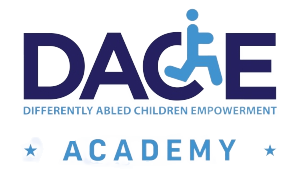
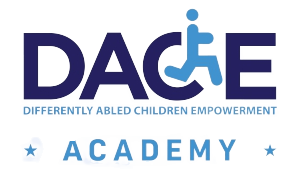
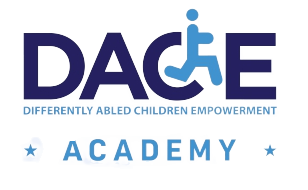
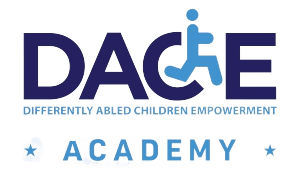
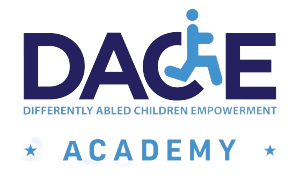
No Comments